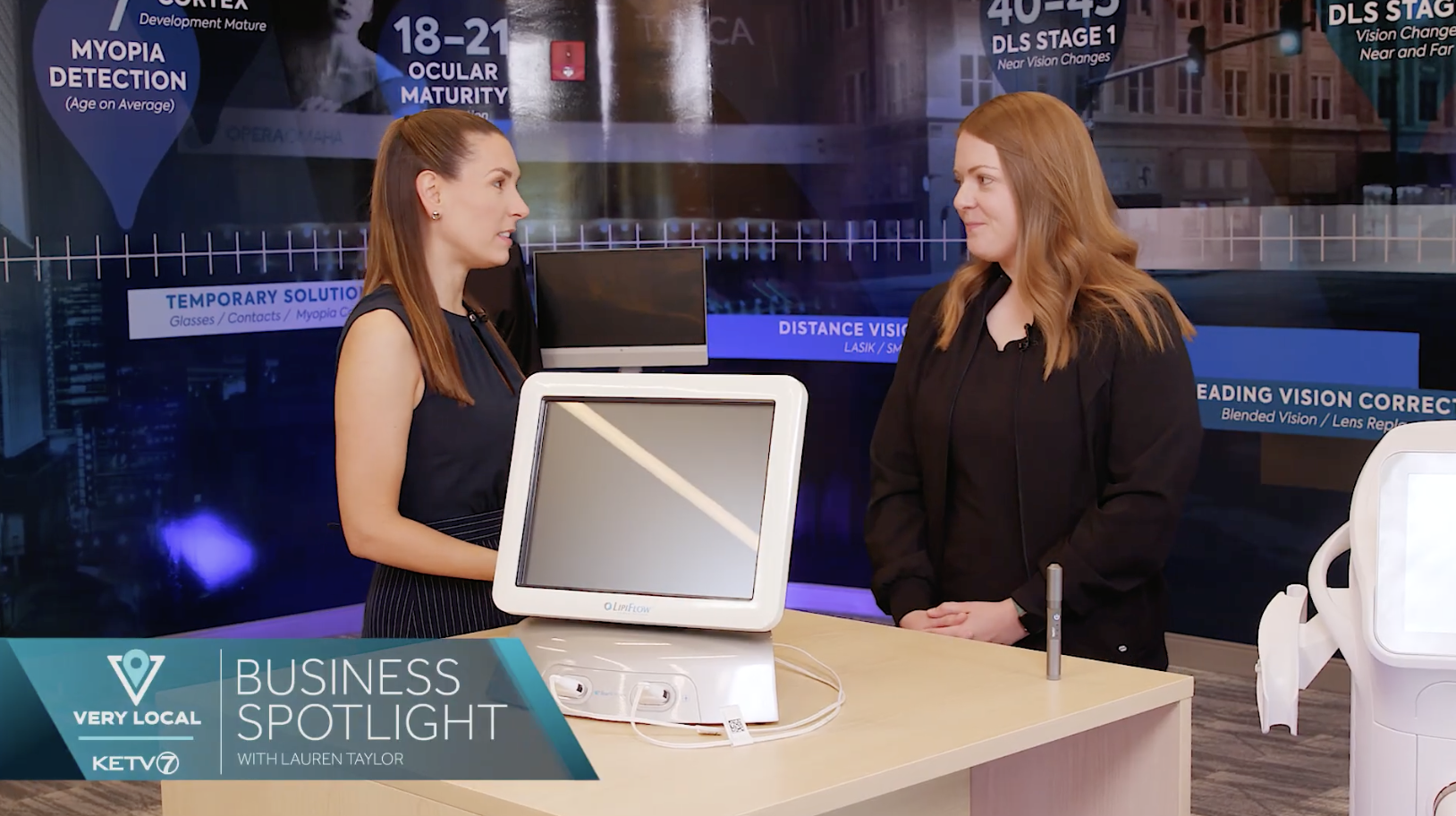In recent years, the incidence of myopia, commonly known as nearsightedness, has seen a dramatic increase. In fact, this is leading some experts to consider it an emerging global health crisis.
Here in Omaha, we are not immune to the effects of increased myopia. This condition, which impairs distance vision, is becoming more prevalent, particularly among children and adolescents. Factors contributing to this surge include increased screen time, less outdoor activity, and genetic predispositions. As we dive into the complexities of myopia, it’s crucial to recognize its implications and the importance of early detection and management. Here are five startling facts about myopia that underscore the need for awareness and proactive eye care.
1. A Growing Concern Among Americans
Recent studies reveal more than 4 out of 10 Americans ages 12 to 54 are now experiencing nearsightedness. This significant portion of the population reflects a concerning trend that shows no signs of letting up. The implications for public health and the need for corrective vision solutions are vast, indicating a shift in vision health dynamics over the past few decades.
2. A Global Epidemic on the Horizon
Looking ahead, projections indicate that by the year 2050, half of the world’s population will be myopic. This underscores the urgency of addressing myopia not just as a personal health issue, but as a widespread public health challenge. With billions at risk, the global community must prioritize research, prevention, and treatment strategies to combat this trend.
3. The Role of Genetics
The influence of genetics on myopia cannot be overstated. A child with one nearsighted parent is three times as likely to develop myopia. This likelihood doubles when both parents are nearsighted. Understanding these risks can help families take early action to monitor and manage their children’s vision health, emphasizing the importance of genetics in predicting and preventing myopia.
4. Increased Risks of Other Eye Conditions
Myopia is not just about the inconvenience of poor distance vision; it also doubles the risk of developing serious eye conditions such as cataracts, retinal detachment, and glaucoma. And such risk can increase depending on the severity of myopia. These associated risks highlight the critical need for regular eye examinations and monitoring for individuals with myopia, to prevent or manage these potentially sight-threatening complications.
5. The Progressive Nature of Childhood Myopia
Perhaps most disconcerting is the natural progression of myopia in children. Without intervention, children who are nearsighted almost always become more nearsighted over time. This progression can lead to high myopia, which is associated with an increased risk of permanent vision loss. Early detection and treatment are key to slowing or even halting this progression, safeguarding children’s vision into the future.
Your Plan: Take Action Now
The rise of myopia presents a clear call to action for parents, educators, and healthcare providers. The facts are undeniable: myopia is on the rise, its implications are serious, and early intervention is crucial.
If your child has not yet been screened for myopia, or if you’re concerned about myopia progression, now is the time to act. The Omaha eye doctors at Modern Vision Solutions specialize in the early detection and management of myopia, offering state-of-the-art solutions to protect your child’s vision. Don’t wait for the condition to worsen. Schedule a screening today, and take the first step towards safeguarding your child’s eyesight for a lifetime.
source https://www.mvsvision.com/myopia/startling-facts-about-nearsightedness/

No comments:
Post a Comment